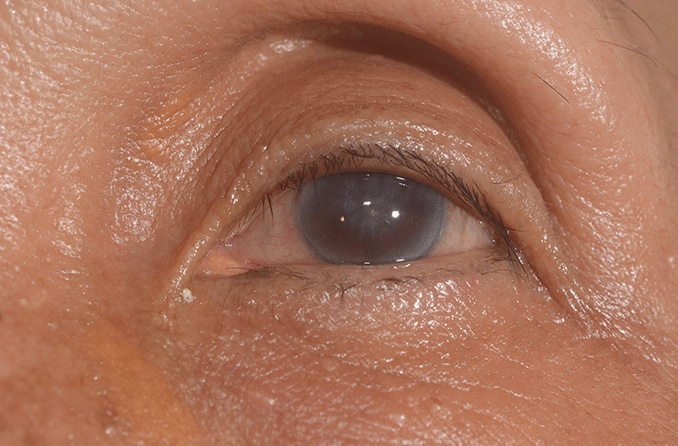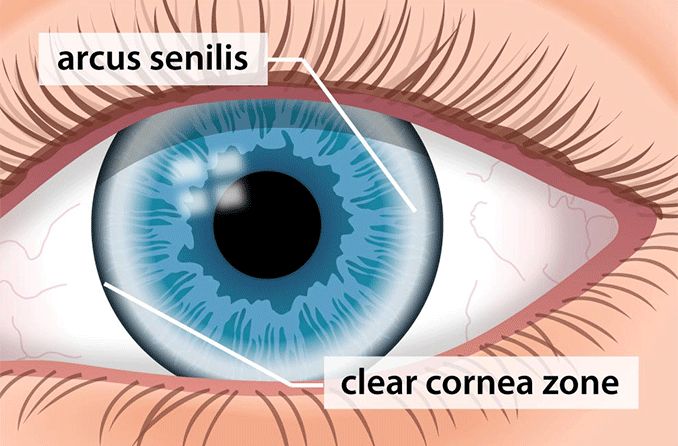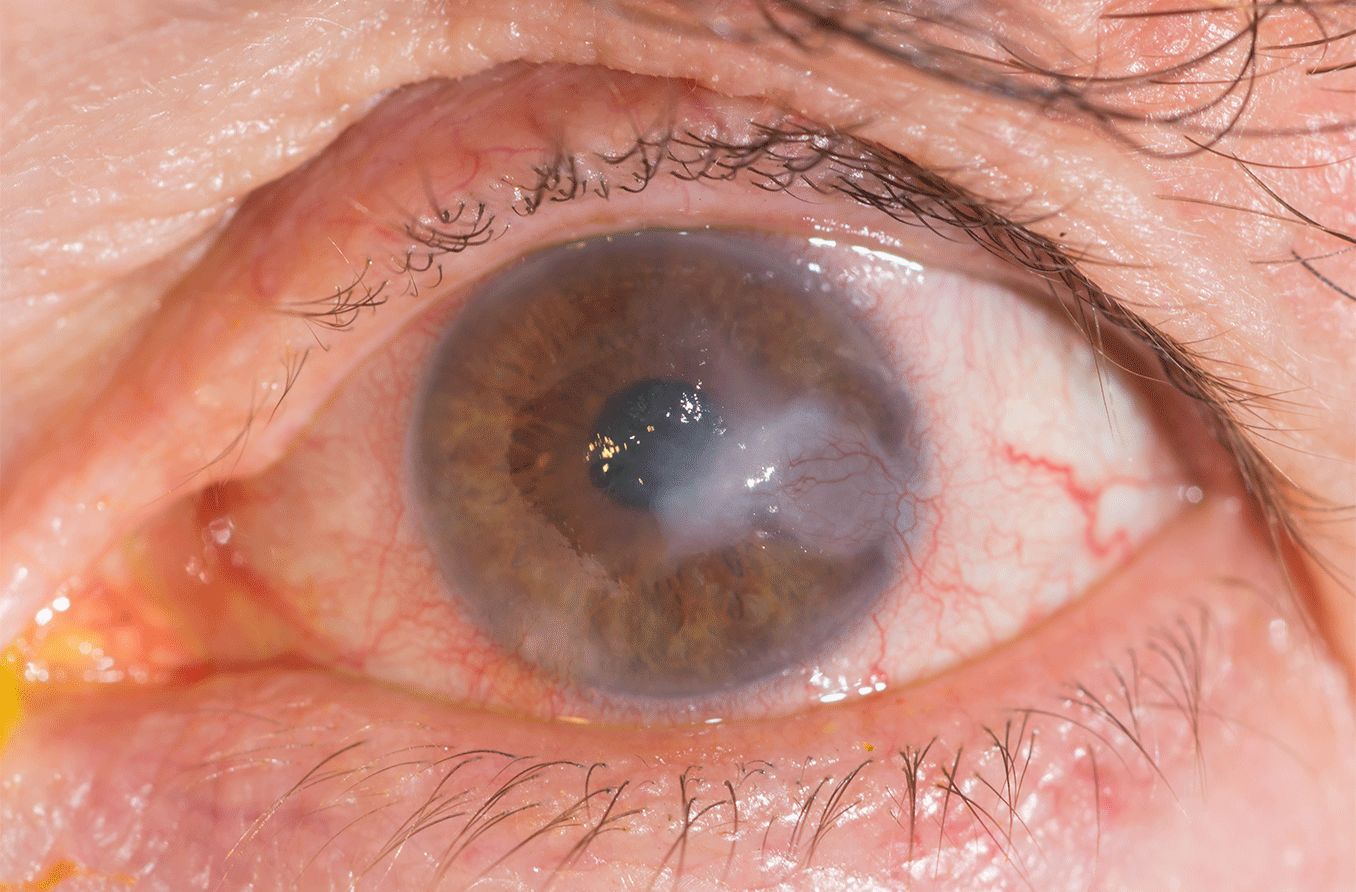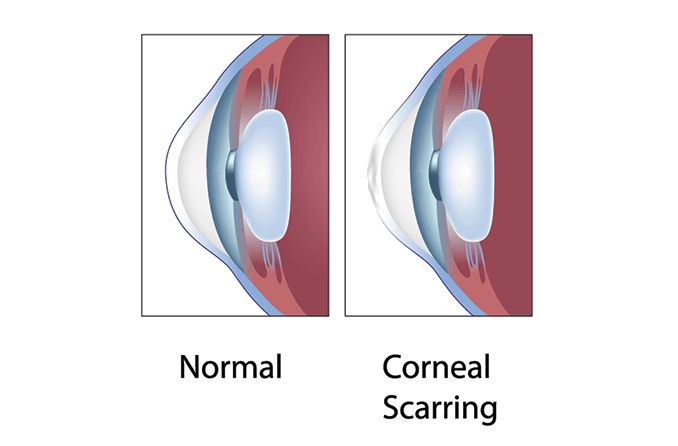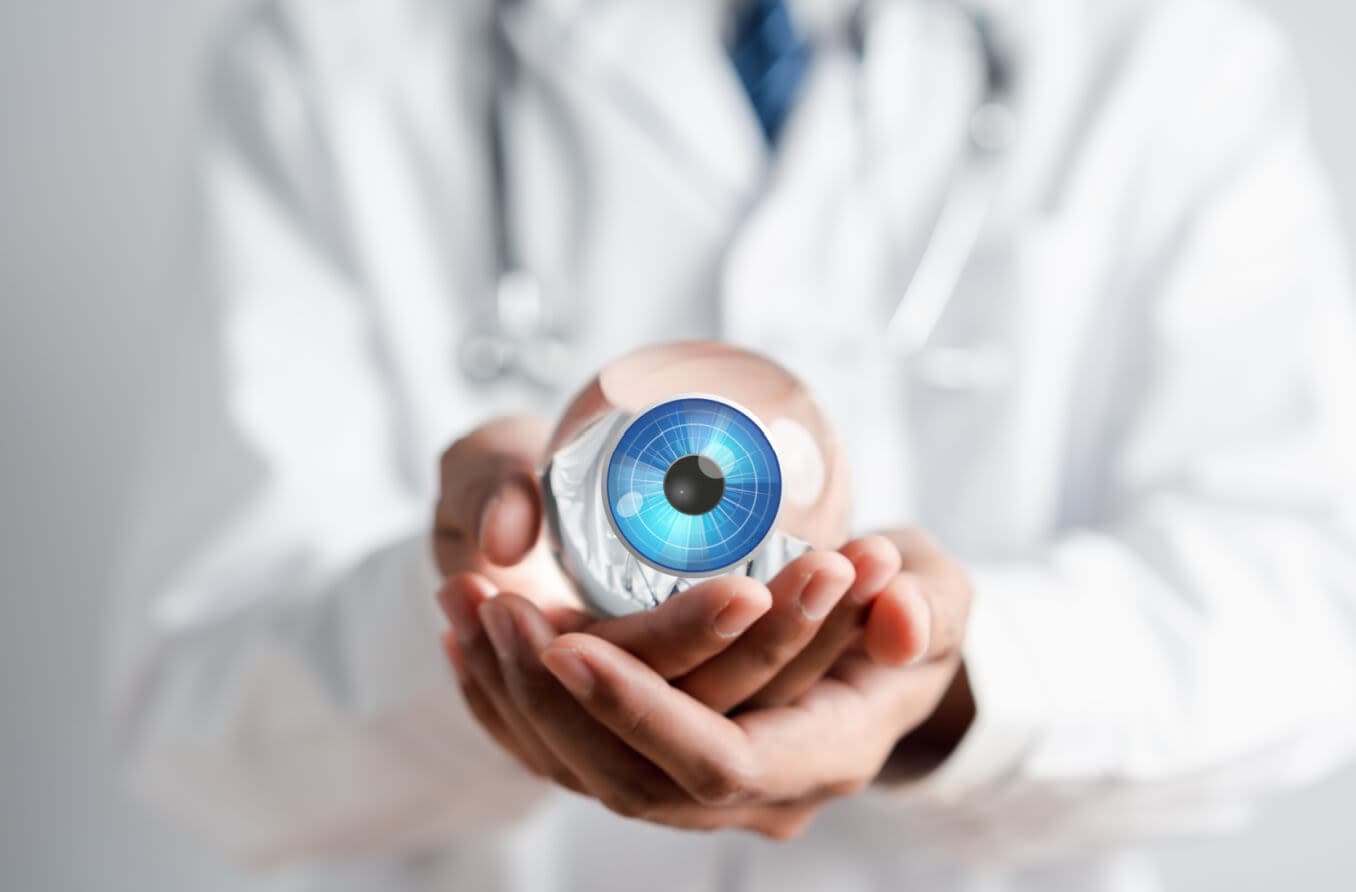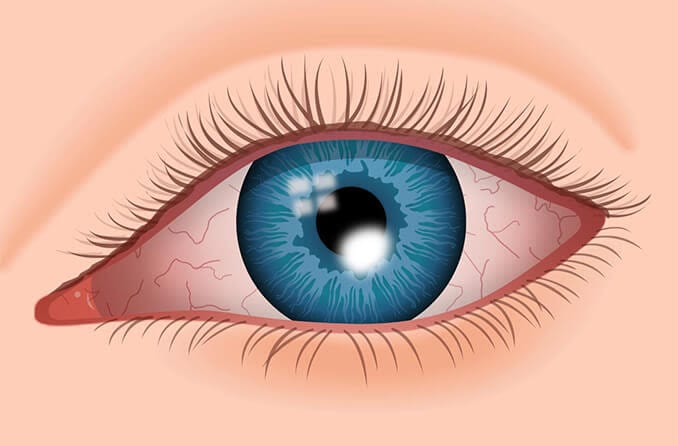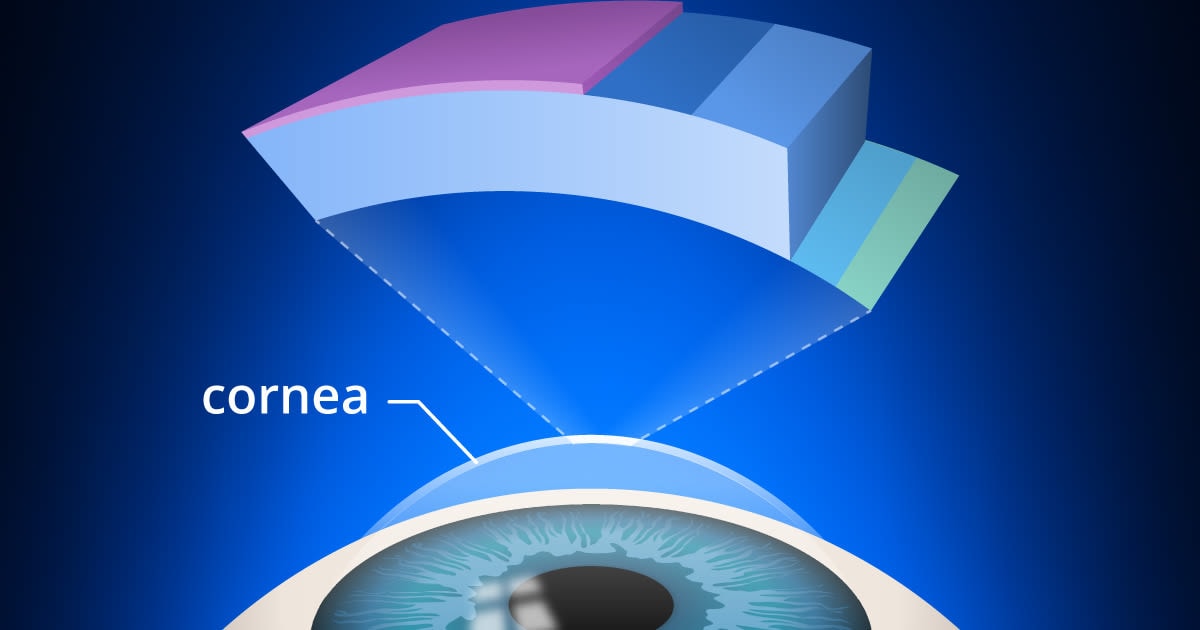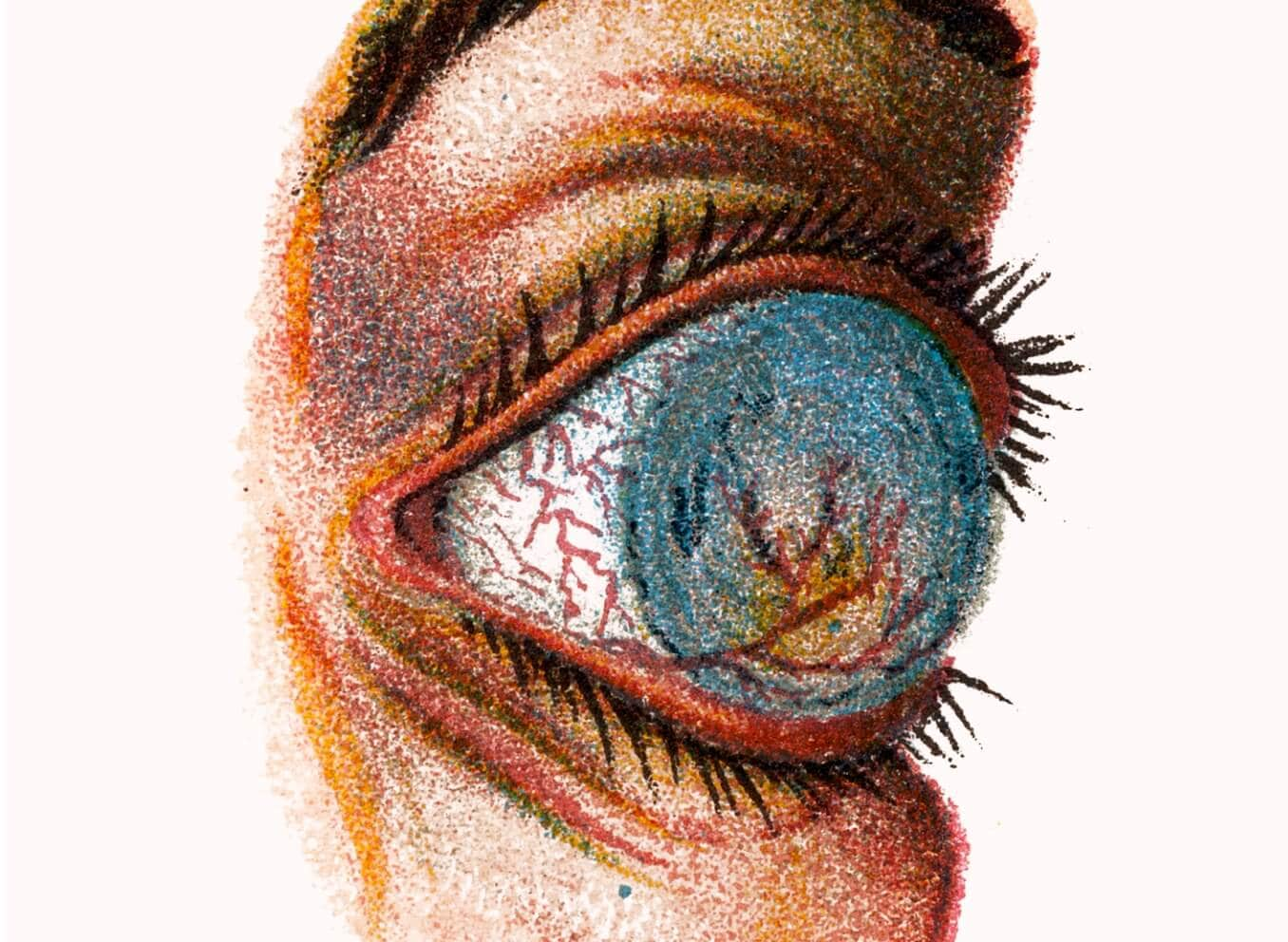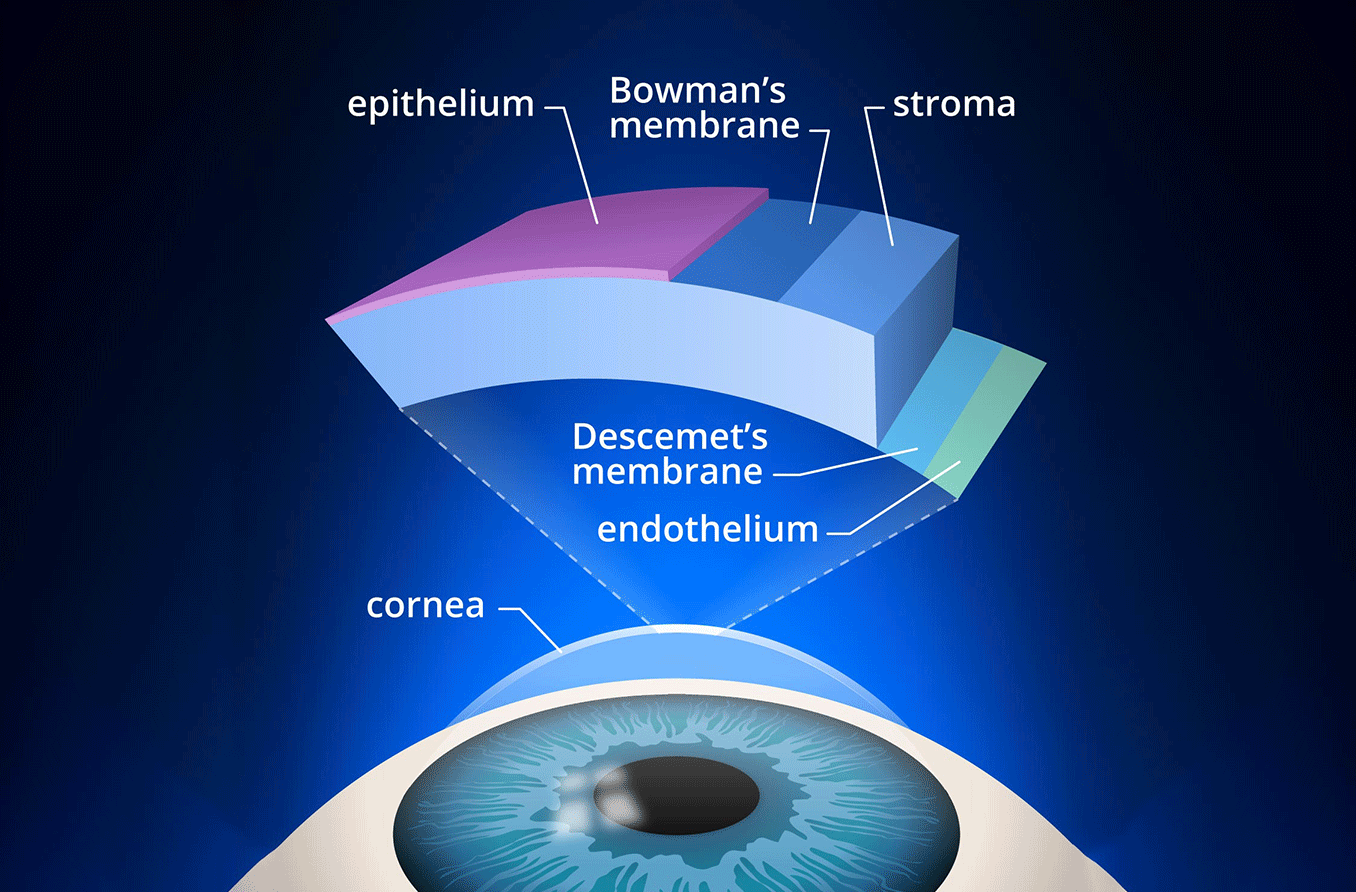Corneal edema treatment
While options can involve eye drops, hair dryers and surgery, the best treatment for corneal edema depends on the underlying cause of the condition.
It is important to address the underlying cause of edema, in addition to treating the symptoms. This is true whether the underlying condition is acute (such as an injury, infection or product of surgery)or chronic (such as glaucoma, Fuchs’ dystrophy or another disease).
Mild cases of corneal edema may not require treatment, though your eye doctor may prescribe eye drops to help reduce swelling. Some doctors might also recommend using a hair dryer to blow air on your eyes, as it may help increase tear evaporation and reduce swelling. (Never use the hair dryer method before talking to your eye doctor, and always follow your doctor’s instructions closely to avoid any potential dangers to your eyes.)
Surgery for corneal edema
If your condition is severe enough to interfere with your vision, your eye doctor may recommend a surgical procedure to replace the cornea via a corneal transplant (keratoplasty). Another option is to replace the endothelial layer via DSEK surgery (Descemet’s stripping endothelial keratoplasty).
During a corneal transplant procedure , an eye surgeon removes the central corneal tissue and replaces it with healthy tissue from a donor. The new tissue is called a “graft.” You will be given steroid eye drops for several months following the procedure to help your body get used to the graft and to treat any swelling or discomfort and to control infection.
In DSEK surgery , the surgeon only removes and replaces the flawed endothelial layer of the cornea. The procedure and the recovery time are shorter with DSEK than with a full corneal transplant. You will also be given steroid eye drops as part of your treatment following a DSEK surgery.
